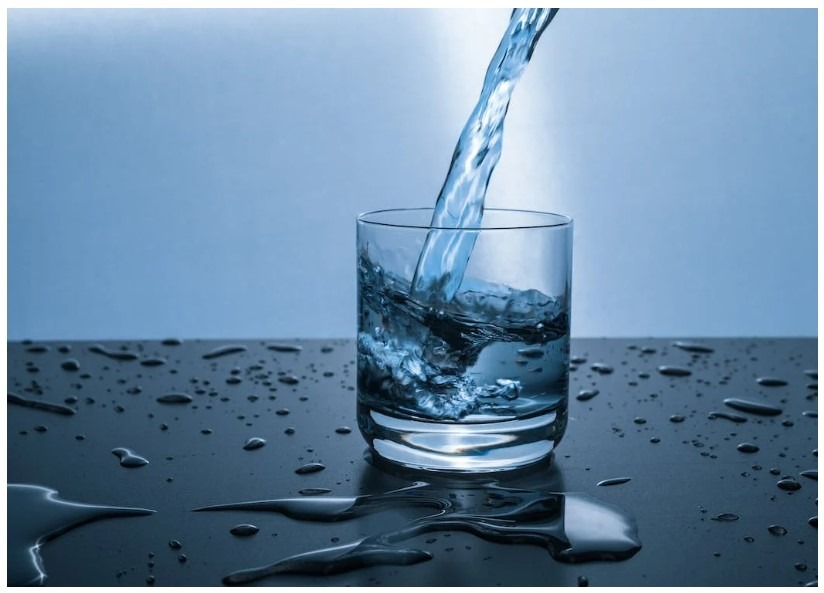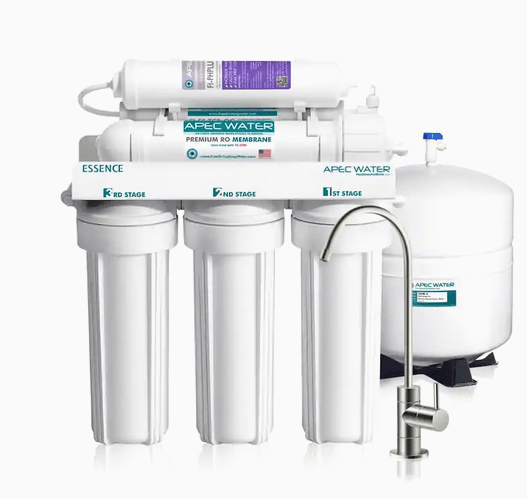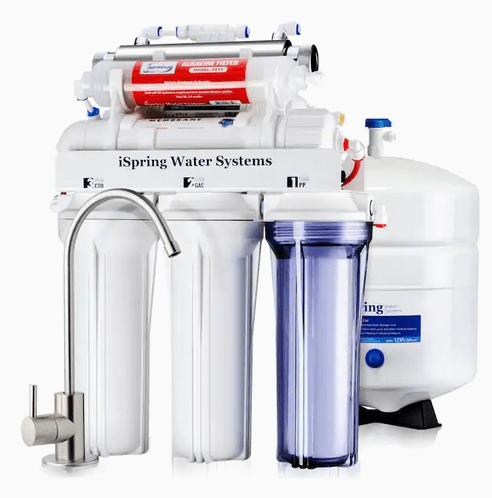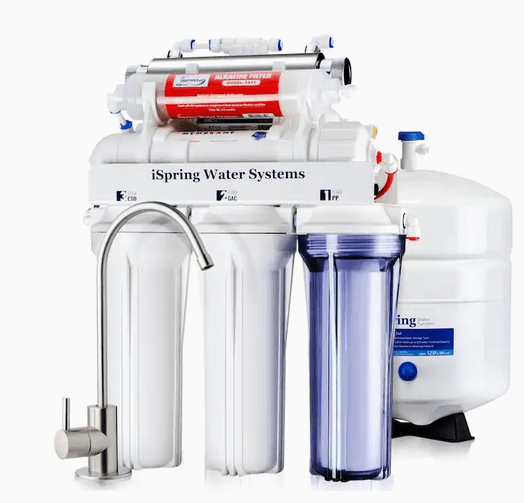Safe, clean water is essential for public health. Globally, at least 2 billion people are dependent on contaminated water sources. With the current water situation, there are many techniques to filter water. One that has proven to be 99% effective is the reverse osmosis filtration method.
What is reverse osmosis?
Reverse osmosis is a type of filtration where water is passed through a semi-permeable membrane. This membrane has holes that are so tiny, they prevent the passing impurities and dissolved salts, which are large molecules. Reverse osmosis filtration has been used for over a century to produce highly purified water for drinking, food production and domestic use.
How it works
Reverse osmosis works by offsetting the basic principle of osmosis, according to which molecular particles from a solvent have a naturally tendency to move through a semi permable membrane from a less concen the natural tendency of impure water to flow through a membrane from lower to higher salt concentration as in plants when they absorb water and nutrients from the soil and in animals when the kidneys absorb water from the blood.
The pressure exerted from a pump is used to overcome the natural osmotic pressure forcing water with its dissolved salts and other impurities through a semi-permeable membrane that removes a large percentage of contaminants.
The RO system uses cross-filtration where water under pressure is fed across the membrane surface instead of directly onto the filter. Any particles small enough to pass through the membrane pores move, while the larger suspended particles are swept away on the stream to avoid a buildup of contaminants on the membrane.
Any type of RO system contains one or more of these outlined filters:
-
Semi-permeable membrane: it is a thin membrane made of cellulose or lightweight film composite with small pores that allow water to pass and blocks 98% of dissolved particles
-
Sediment filter: reduces particles such as dust and dirt.
-
Carbon filter: reduces contaminants that give water a bad taste or smell, chlorine, and volatile organic compounds.
Primary stages in an RO system
Pre-filtration
A pre-filter of carbon and sediment filter removes large particles as they can easily clog the semi-permeable membrane and reduce its life span.
Membrane filtration
With the more substantial particles out, the water is pushed through the membrane with pressure to separate the water from dissolved salts such as lead and arsenic
Storage
The product of an RO is clean water. The system funnels filtered water into a storage tank for use.
Post-filtration
In an event where contaminants can pass through the membrane, a carbon filter is used to remove the remaining impurities. Old tubes and tanks could also contribute to foul smells and bad odors, and this is where Post carbon filters come in handy as they filter the contaminants leaving behind clean water.
If you are looking to find better options of cleaning your water, reverse osmosis systems from credible sites like world of water filter are probably the best option. The need for the reverse osmosis system depends on what you are prioritizing on. We will mention a few of the devices and what they are best suitable for, which is from the best filtration system to the most affordable and portable systems.
The first system, APEC Ultimate 6-Stage Reverse Osmosis Water Filter System, is best known for best customer experience and easy installation while sipping on pure and tasty water. This system is easy to install below the sink because it has a 4- gallon pressurized tank. The water is 99 percent purified, while the essential minerals such as magnesium are added back at the end. The system can filter 75 gallons in a day, which is enough for a large family. A gallon of purified water produces 3 gallons of waste, reducing the amount of waste produced compared to other filtration systems.
Like any other system, you will need to free up space for the 3.2gallon iSpring RCC7AK 6-Stage Under Sink Reverse Osmosis Water Filter System. According to customer reviews, this system is easy for installation and uninstallation. Customers who move houses after three years are happy because of the easy setup and high performance. It takes 1-3 hours to fill the 75-gallon tank, which is suitable for most families. Also, if you need to by-pass the tap, there is a nickel-metal faucet for the countertop that does not contain lead.
For fast dispenser action, re-mineralization and purification, the Home Master TMAFC-ERP Full Contact Reverse Osmosis Water Filter System with Permeate Pump is known for the best drinking water. Because of the 3/8 inch permeate pump, the water is produced with high pressure. Also, It is easy to install and reduces water waste. For 1 gallon it produces, it also produces 1 gallon of waste, this makes it a little pricey, but for the quality of water produced, it is worth it. On the other hand, it processes a little noise, but it is not distracting. The system also requires the filter to be changed every year.
Those who have wells should not worry because the iSpring RCC7AK-UV Reverse Osmosis Drinking Water Filtration System with UV Sterilizer has them covered. For some homeowners, the well sometimes can harbor microorganisms from the time of installation to where the water is stored. This water system has seven stages of treatment and a UV sterilizer that is 11 watts to kill any microorganisms in the water. Like any other system, it is easy to install and produces 75 gallons of water per day.
If you are looking into having a portable and class look for apartments, RV’s, or a Condo. The ZIP Countertop Reverse Osmosis Water Filter is the best option as it resembles a simple coffee maker. You will need to fill the water in the ZIP reservoir, and within 15 minutes, it will give you 0.5 gallons of purified and PH balanced water.
In conclusion, reverse osmosis plays a huge role in ensuring good public health and has been rated as the most effective way to purify water without using chemicals. It is very important for people and organizations to chose a good RO filter for water purification. Chose clean water, chose life.






